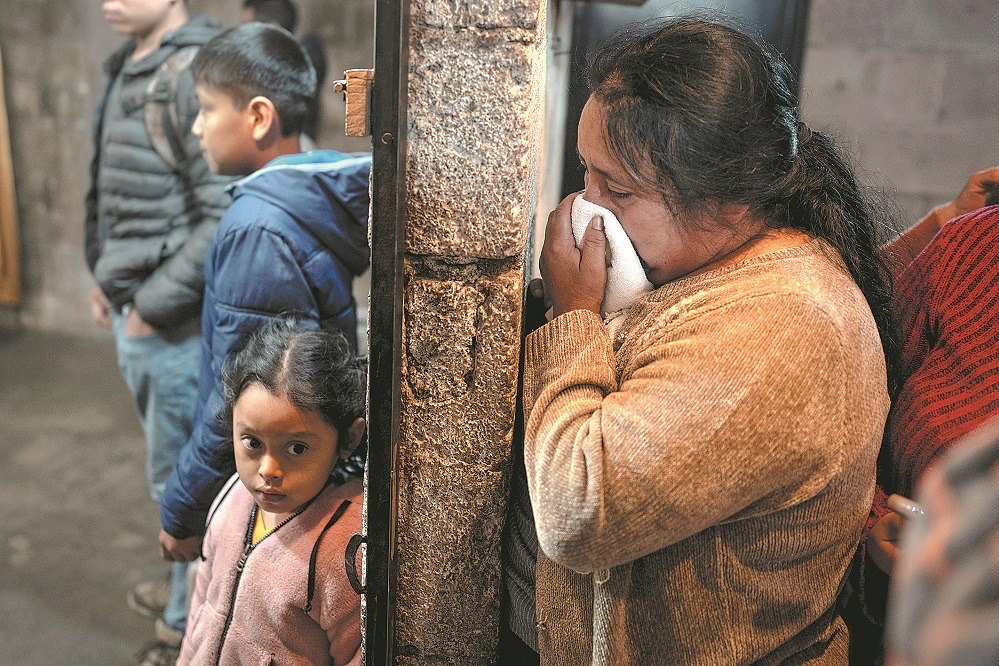Policy looks to better integrate heritage resources into China's education system
By XING WEN | China Daily | Updated: 2022-03-23 08:41
Last month, a notice about making full use of cultural heritage resources in educating elementary and high school students was jointly released by the Ministry of Culture and Tourism, the Ministry of Education and the National Cultural Heritage Administration.
The new policy requires the creation of cultural products and services specifically tailored to students, including properly organized study tours to historical sites and the provision of detailed books with plenty of pictures to help students better digest what they learn during visits to these heritage sites.
Liu Guoxiang, a researcher with the Institute of Archaeology at the Chinese Academy of Social Sciences, said the move will help further integrate these resources into the national education system.
"Cultural heritage plays a crucial role in helping us objectively learn about Chinese history and civilization and consolidating our cultural confidence. New archaeological discoveries and artifacts can add to what students have already learned from textbooks," he added.
"Only when they understand the value of our cultural heritage can they better protect and pass down these treasures."
Liu suggested that undergraduate, graduate and doctoral students of history and archaeology at university can also train to be volunteers and act as guides for younger students on visits to cultural heritage sites.
He also emphasized the importance of easier supervised access to excavation sites so students can learn about the newest archaeological findings and feel the excitement experienced by archaeologists for themselves.
Tsinghua University Press has long been exploring ways to better promote traditional Chinese culture to youngsters.
It is the publisher of teaching materials for the Mogao Class, a study tour launched by the Dunhuang Academy to help adults and youngsters develop a deeper appreciation of the Mogao Grottoes in Dunhuang city, Northwest China's Gansu province.
Ji Haihong, director of the culture and communication department, said the publishing house has incorporated elements from children's picture books into textbooks in an effort to spark greater interest.
As the mother of a 17-year-old attendee of the class, Ji found that its teachers are all senior researchers specializing in arts or history. Their ability to engage students and their understanding of what sparked their interest motivated her to produce the teaching materials on the Grottoes.
She often takes her son on visits to historical attractions during holidays.
"Sometimes, he even seems to be more connected to these time-honored relics than me," she said. "And I find that his awareness of the need to preserve cultural heritage has been greatly enhanced."
xingwen@chinadaily.com.cn
























